They comprise a series of international standards that establish the rights and obligations of buyer and seller in commercial exchanges and their conditions. These standards are periodically reviewed to adapt and improve the experience of international trade.
In this last update 2020, there is a little change of; DAT (Delivery At Terminal) to DPU (Delivered At Place Unloaded), and there have also been minor changes in CIP / CIF and FCA.
The seller makes the goods available to the buyer in its facilities: factory, warehouse, etc. All expenses from that moment are on the buyer's account. The EXW Incoterm can be used with any type of transport or with a combination of them (known as multimodal transport). In other words, the supplier is in charge of the logistics and the necessary transport so that the buyer has the supply of the product in the same place where he performs the productive task.
The seller agrees to deliver the merchandise to an agreed point within the country of origin, which may be the premises of a freight forwarder, a railway station ... (this agreed place to deliver the merchandise is usually related to the carrier's spaces) . It is responsible for the costs until the merchandise is located at that agreed point; among others, customs in the country of origin. The FCA Incoterm can be used with any type of transport: air, rail, road and container / multimodal transport. However, it is a little used incoterm.
The seller delivers the goods at the agreed dock of the agreed port of loading; that is, next to the ship. The FAS Incoterm belongs to bulk cargo or bulky cargo because they are deposited in specialized port terminals, which are located on the dock. The seller is responsible for the procedures and costs of the customs office of export (in the versions prior to Incoterms 2000, the buyer organized the customs office for export). The FAS Incoterm is only used for transport by boat, either by sea or river.
The seller delivers the goods on the ship. The buyer is in charge of designating and reserving the main transport (ship). The FOB Incoterm is one of the most used in international trade. It must be used for general cargo (drums, coils, containers, etc.) of merchandise, not usable for bulk. The FOB Incoterm is used exclusively for transport by ship, whether by sea or river.
The seller is responsible for all costs, including main transportation, until the goods arrive at the port of destination. However, the risk is transferred to the buyer when the merchandise is loaded on the ship, in the country of origin. It must be used for general cargo, which is not transported in containers; It is also not appropriate for bulk. The CFR Incoterm is only used for transport by boat, either by sea or river.
The seller is responsible for all costs, including main transport and insurance, until the goods arrive at the destination port. Although the insurance has been contracted by the seller, the beneficiary of the insurance is the buyer. As in the previous Incoterm, CFR, the risk is transferred to the buyer at the moment the merchandise is loaded on the ship, in the country of origin. The CIF Incoterm is one of the most used in international trade because the conditions of a CIF price are those that determine the customs value of an imported product.7 It must be used for general or conventional cargo. The CIF Incoterm is exclusive to the maritime environment.
The seller bears all costs, including main transportation, until the merchandise reaches the agreed point in the destination country. However, the risk is transferred to the buyer upon delivery of the merchandise to the carrier within the country of origin. The CPT Incoterm can be used with any mode of transport including multimodal transport (combination of different types of transport to reach the destination).
The seller is responsible for all costs, including main transportation and insurance, until the merchandise reaches the agreed point in the destination country. The risk is transferred to the buyer upon delivery of the merchandise to the carrier within the country of origin. Although the insurance has been contracted by the seller, the beneficiary of the insurance is the buyer. The CIP Incoterm can be used with any transport mode or with a combination of them (multimodal transport).
The delivery of the cargo occurs anywhere in the country of destination, but always on vehicle (DAP -Factory, DAP - Carrier, etc.) and without import customs clearance.
The delivery of the merchandise takes place in the country of destination, without importation clearance, at the agreed destination, forces the seller to unload the cargo at destination.
Delivery occurs anywhere in the country of destination, but always on vehicle (DDP - Factory, DDP - Carrier, etc). Within the DDP price, duties and internal taxes are included.It is recommended to use DDP for low value merchandise, where the transport used is courier type. The objective is to provide a fast service to the customer who has an urgency, the important thing is not the cost, but the urgency of receiving the cargo.
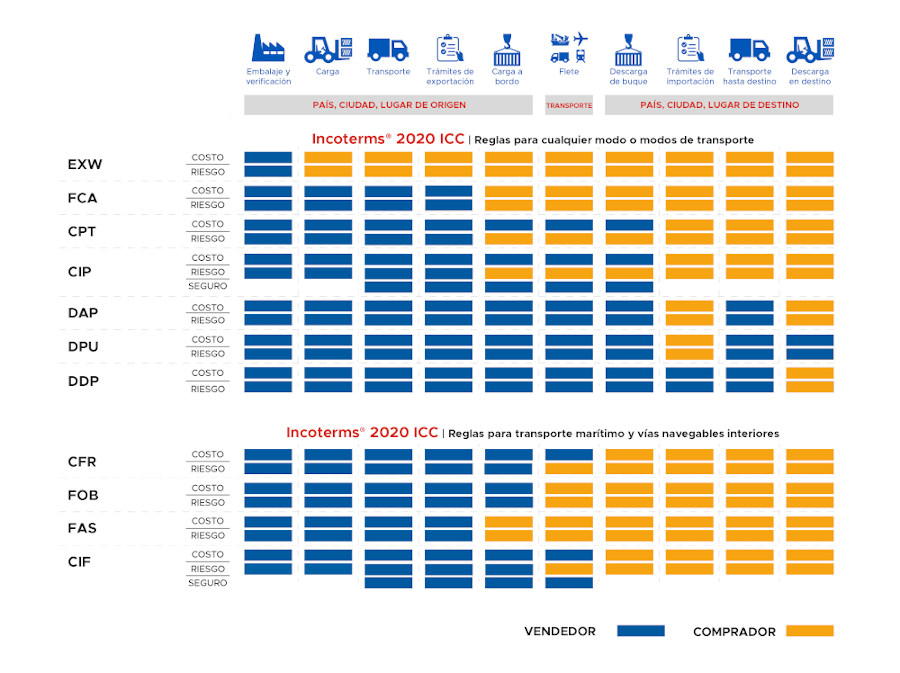
| EMPTY WEIGHT | 360 KG |
| MAXIMUM WEIGHT | 6.804 KG |
| LONG | 3.180 mm |
| WIDTH | 2.240 mm |
| HIGH | 2.240 mm |
| VOLUME | 17, 58 m3 |
| IATA CODE | M1 |
| AIRCRAFT TYPES | 747F |
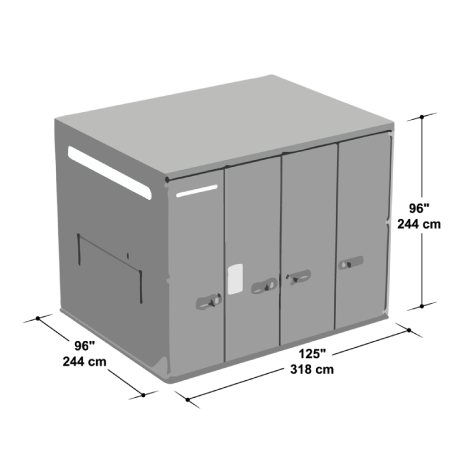
| EMPTY WEIGHT | 85 KG |
| MAXIMUM WEIGHT | 1.135 KG |
| LONG | 1.560 mm |
| WIDTH | 1.535 mm |
| HIGH | 1.140 mm |
| VOLUME | 3,5 m3 |
| IATA CODE | AKH |
| AIRCRAFT TYPES | A320/A321 |
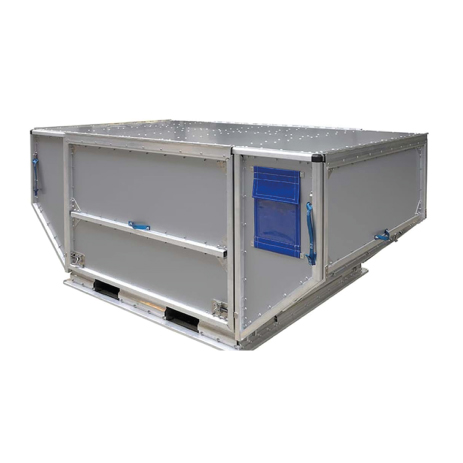
| EMPTY WEIGHT | 230 KG |
| MAXIMUM WEIGHT | 4.625 KG |
| LONG | 3.175 mm |
| WIDTH | 2.235 mm |
| HIGH | 1.625 mm |
| VOLUME | 9,8 m3 |
| IATA CODE | LD9 |
| AIRCRAFT TYPES | B747F/B747/A340/A330/B777 |
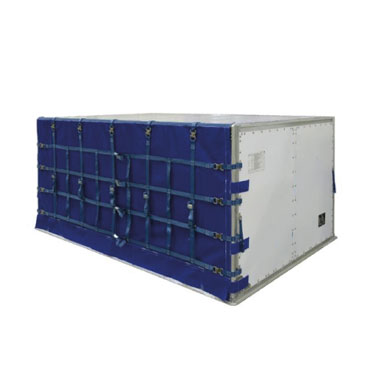
| EMPTY WEIGHT | 285 KG |
| MAXIMUM WEIGHT | 4.625 KG |
| LONG | 3.175 mm |
| WIDTH | 2.440 mm |
| HIGH | 1.625 mm |
| VOLUME | 10,80 m3 |
| IATA CODE | AMP |
| AIRCRAFT TYPES | B747F/B747/A340/A330/B777 |
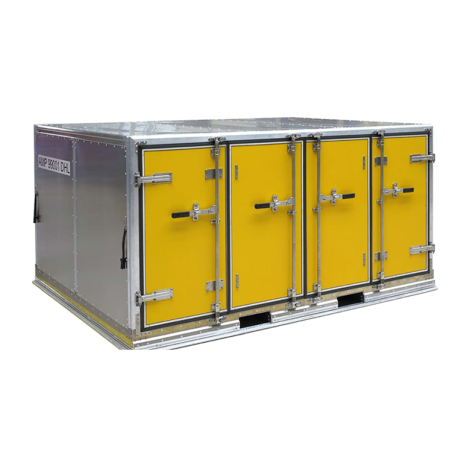
| EMPTY WEIGHT | 75 KG |
| MAXIMUM WEIGHT | 1.587 KG |
| LONG | 1.560 mm |
| WIDTH | 1.535 mm |
| HIGH | 1.600 mm |
| VOLUME | 4,30 m3 |
| IATA CODE | LD3 |
| AIRCRAFT TYPES | B747/A340/A330/B777 |
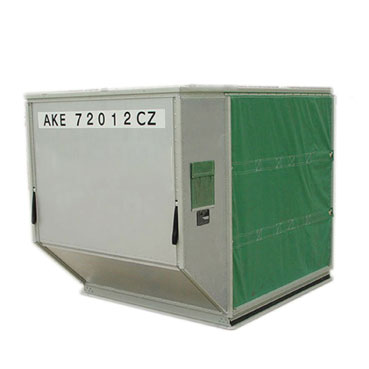
| EMPTY WEIGHT | 120 KG |
| MAXIMUM WEIGHT | 2.587 KG |
| LONG | 1.560 mm |
| WIDTH | 1.535 mm |
| HIGH | 1.600 mm |
| VOLUME | 3,90 m3 |
| IATA CODE | LD3 |
| AIRCRAFT TYPES | A340/A330 |

| EMPTY WEIGHT | 340 KG |
| MAXIMUM WEIGHT | 4.625 KG |
| LONG | 3.175 mm |
| WIDTH | 2.438 mm |
| HIGH | 1.626 mm |
| VOLUME | 10,80 m3 |
| IATA CODE | AMP |
| AIRCRAFT TYPES | B747F/B747/A340/A330/B777 |

| EMPTY WEIGHT | 311 KG |
| MAXIMUM WEIGHT | 4.625 KG |
| LONG | 3.175 mm |
| WIDTH | 2.438 mm |
| HIGH | 1.626 mm |
| VOLUME | 9,80 m3 |
| IATA CODE | AMP |
| AIRCRAFT TYPES | B747F/B747/A340/A330/B777/COMBI/MIXTO |

| EMPTY WEIGHT | 267 KG |
| MAXIMUM WEIGHT | 1.588 KG |
| LONG | 1.560 mm |
| WIDTH | 1.530 mm |
| HIGH | 1.620 mm |
| VOLUME | 3 m3 |
| IATA CODE | LD3 |
| AIRCRAFT TYPES | B747/A340/A330/B777 |
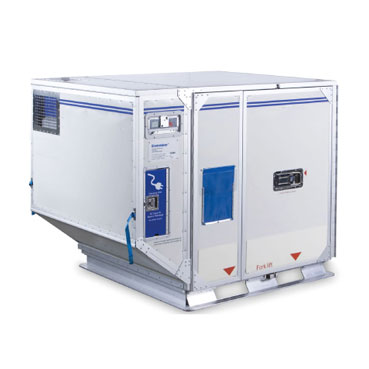
| EMPTY WEIGHT | 483 KG |
| MAXIMUM WEIGHT | 6.800 KG |
| LONG | 3.170 mm |
| WIDTH | 2.230 mm |
| HIGH | 1.620 mm |
| VOLUME | 8,3 m3 |
| IATA CODE | RAP |
| AIRCRAFT TYPES | B747/A340/A330/B777 |
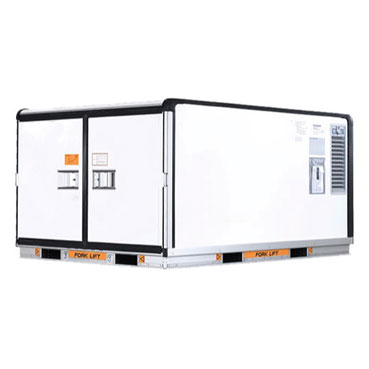
| EMPTY WEIGHT | 600 KG |
| MAXIMUM WEIGHT | 4.200 KG |
| LONG | 3.170 mm |
| WIDTH | 2.230 mm |
| HIGH | 1.620 mm |
| VOLUME | 10 m3 |
| IATA CODE | RMP |
| AIRCRAFT TYPES | B747/A340/A330/B777 |
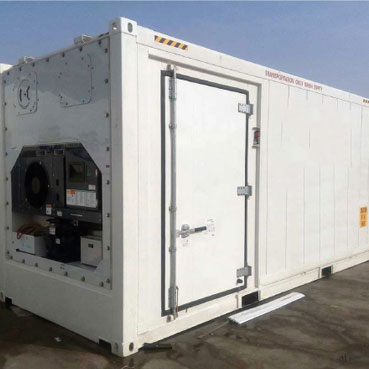
| EMPTY WEIGHT | 310 KG |
| MAXIMUM WEIGHT | 1.500 KG |
| LONG | 2.190 mm |
| WIDTH | 1.560 mm |
| HIGH | 1.600 mm |
| VOLUME | 3,3 m3 |
| IATA CODE | RMP |
| AIRCRAFT TYPES | A320/A321 |

| EMPTY WEIGHT | 370 KG |
| MAXIMUM WEIGHT | - |
| LONG | 3.175 mm |
| WIDTH | 2.440 mm |
| HIGH | 1.600 mm |
| VOLUME | - |
| IATA CODE | KMP/HQ2 |
| AIRCRAFT TYPES | B747 |
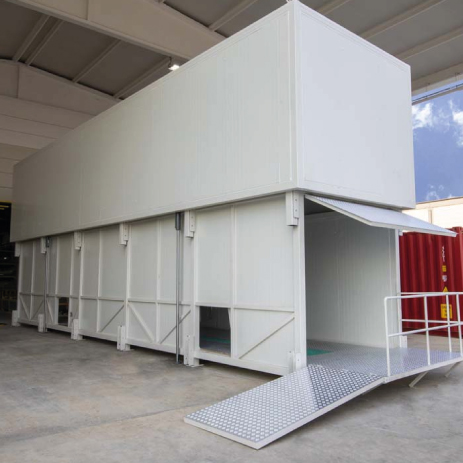
| EMPTY WEIGHT | 775 KG |
| MAXIMUM WEIGHT | - |
| LONG | 3.175 mm |
| WIDTH | 2.440 mm |
| HIGH | 2.440 mm |
| VOLUME | - |
| IATA CODE | HMA/H6P |
| AIRCRAFT TYPES | B747 |
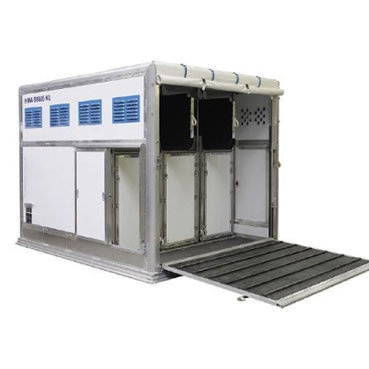
| EMPTY WEIGHT | 775 KG |
| MAXIMUM WEIGHT | 7.400/10.670 KG |
| LONG | 4.980 mm |
| WIDTH | 2.440 mm |
| HIGH | - |
| VOLUME | 26 m3 |
| IATA CODE | PGF/P7 |
| AIRCRAFT TYPES | B747F |
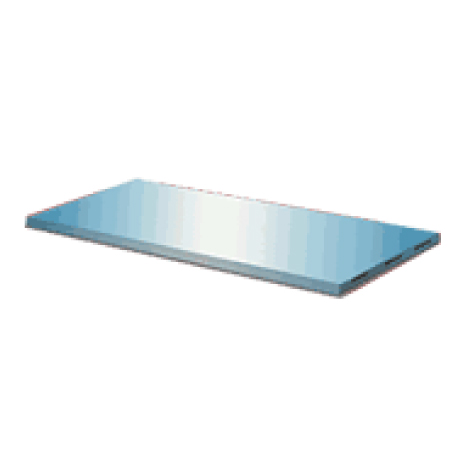
| EMPTY WEIGHT | 55 KG |
| MAXIMUM WEIGHT | 1.135 KG |
| LONG | 1.560 mm |
| WIDTH | 1.534 mm |
| HIGH | 1.140 mm |
| VOLUME | 3,5 m3 |
| IATA CODE | PKC |
| AIRCRAFT TYPES | A320/A321 |
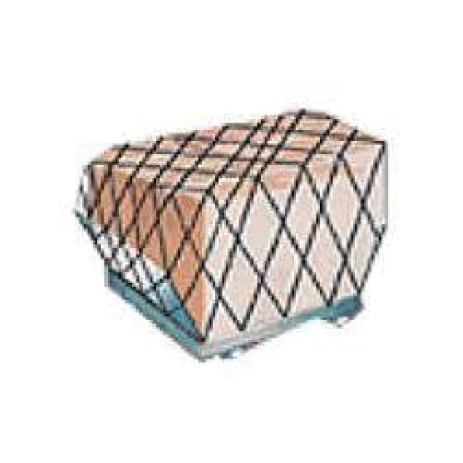
| EMPTY WEIGHT | 115 KG |
| MAXIMUM WEIGHT | 6.800 KG |
| LONG | 3.175 mm |
| WIDTH | 2.235 mm |
| HIGH | 2.440 mm |
| VOLUME | 15,83 m3 |
| IATA CODE | PAG/P1 |
| AIRCRAFT TYPES | B747F/B747/A340/A330/B777 |

| EMPTY WEIGHT | 125 KG |
| MAXIMUM WEIGHT | 6.800 KG |
| LONG | 3.175 mm |
| WIDTH | 2.235 mm |
| HIGH | 2.440 mm |
| VOLUME | 11,50 m3 |
| IATA CODE | PMC/P6 |
| AIRCRAFT TYPES | B747F/B747/A340/A330/B777 |
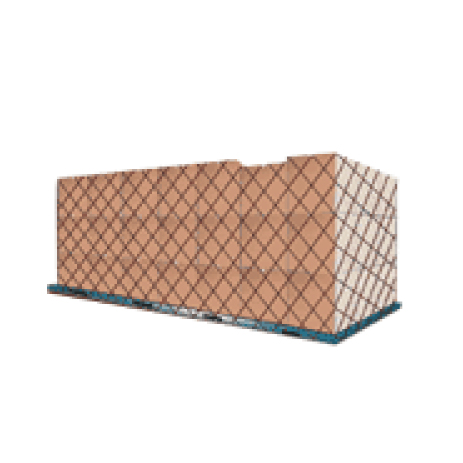
| EMPTY WEIGHT | 515 KG |
| MAXIMUM WEIGHT | 13.600 KG |
| LONG | 6.060 mm |
| WIDTH | 2.440 mm |
| HIGH | 2.440 mm |
| VOLUME | 32 m3 |
| IATA CODE | PGF/P7 |
| AIRCRAFT TYPES | B747F |
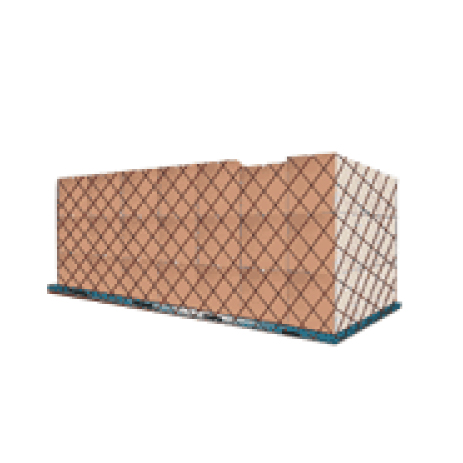
| EMPTY WEIGHT | 515 KG |
| MAXIMUM WEIGHT | 3.175 KG |
| LONG | 6.060 mm |
| WIDTH | 1.534 mm |
| HIGH | 2.440 mm |
| VOLUME | 6,8 m3 |
| IATA CODE | PMC/P6 |
| AIRCRAFT TYPES | B747F |
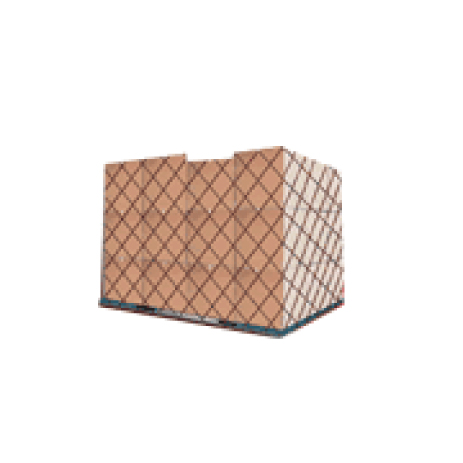
| EMPTY WEIGHT | 195 KG |
| MAXIMUM WEIGHT | 4.625 KG |
| LONG | 3.175 mm |
| WIDTH | 2.440 mm |
| HIGH | 1.550 mm |
| VOLUME | 11,5 m3 |
| IATA CODE | UMC |
| AIRCRAFT TYPES | B747F/B747/A340/A330/B777 |

| EMPTY WEIGHT | 195 KG |
| MAXIMUM WEIGHT | 4.625 KG |
| LONG | 3.175 mm |
| WIDTH | 2.235 mm |
| HIGH | 1.550 mm |
| VOLUME | 10,5 m3 |
| IATA CODE | UAP |
| AIRCRAFT TYPES | B747F/B747/A340/A330/B777 |
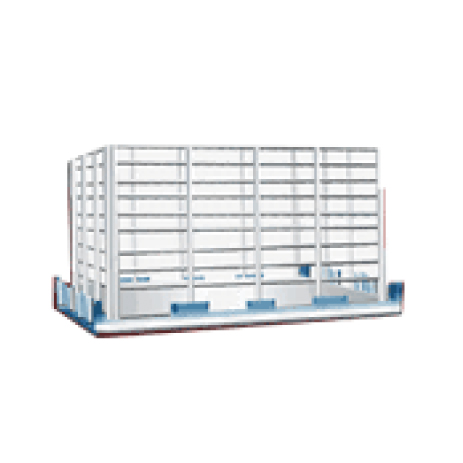
| EMPTY WEIGHT | 195 KG |
| MAXIMUM WEIGHT | 4.625 KG |
| LONG | 3.175 mm |
| WIDTH | 2.235 mm |
| HIGH | 1.000 mm |
| VOLUME | |
| IATA CODE | UAP |
| AIRCRAFT TYPES | B747F/B747/A340/A330/B777 |

| EMPTY WEIGHT | 640 KG |
| MAXIMUM WEIGHT | 5.000 KG |
| LONG | - |
| WIDTH | - |
| HIGH | VEHÍCULO 1.47m |
| VOLUME | |
| IATA CODE | VRA |
| AIRCRAFT TYPES | A340/A330 |
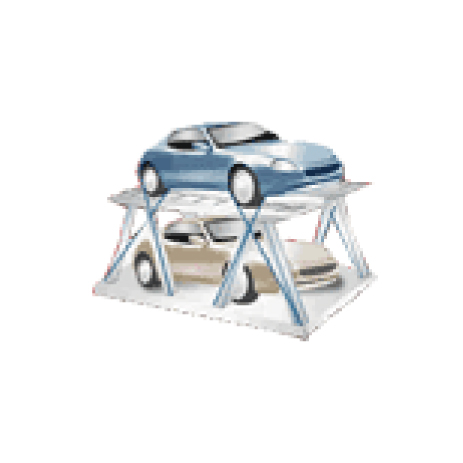
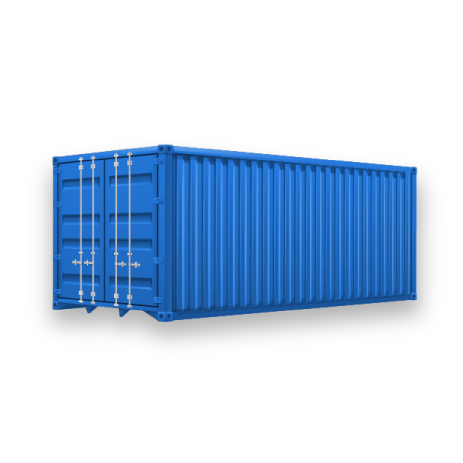



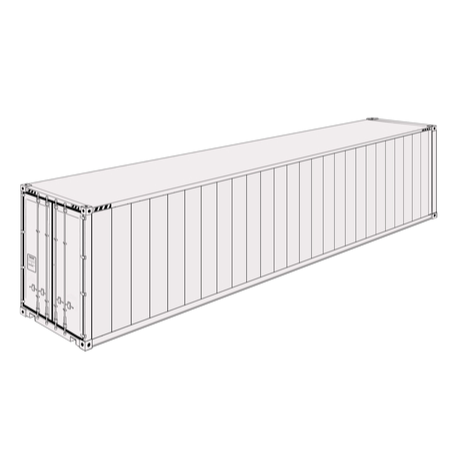


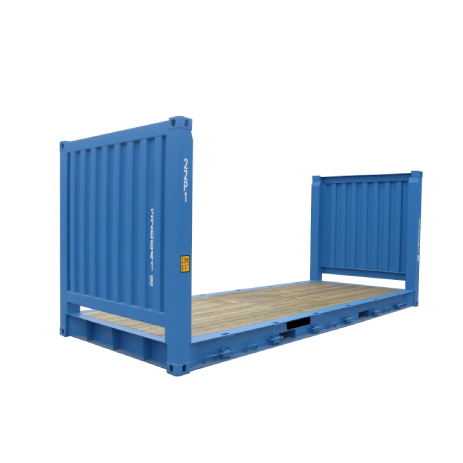
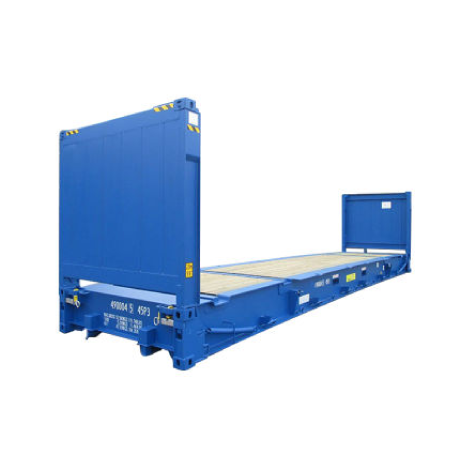
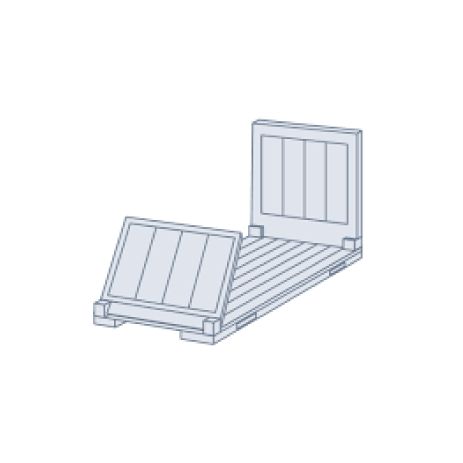

In "rigid trucks" the box cannot be separated from the cab1 (where the tractor unit is located); they can have two or three axes. They are designed to transport relatively light cargo and short or medium distances; generally, they are used to transport smaller loads, fragile cargo ... Rigid trucks are trucks for the delivery of furniture, household items, groceries, health, clothing, removals, firefighters, emergencies, etc.

"Articulated trucks" consist of a tractor-trailer and trailer or, more frequently, a semi-trailer; They are used for long distances and heavy cargo, both liquid and dry or bulk material, such as fuel trucks, logging trucks, container trucks and moving boxes.
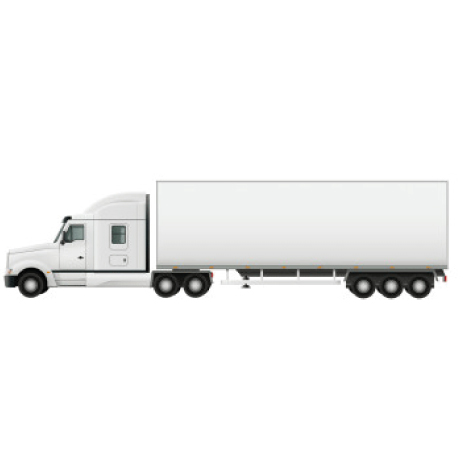
The tank truck is one of the many varieties of truck that serves both for the transport of liquids and for its long-term maintenance according to its characteristics. The merchandise is transported in a liquid state since fluids have a lower VOLUME in a liquid state than a gaseous one, being able to transport more of it, but at a higher pressure. These stand out for their greater use of water for irrigation and transfer, transport of liquid fuels such as gasoline, kerosene, LP gas and others, or liquid chemical products.

The stake truck is used to transport logs and forest products.
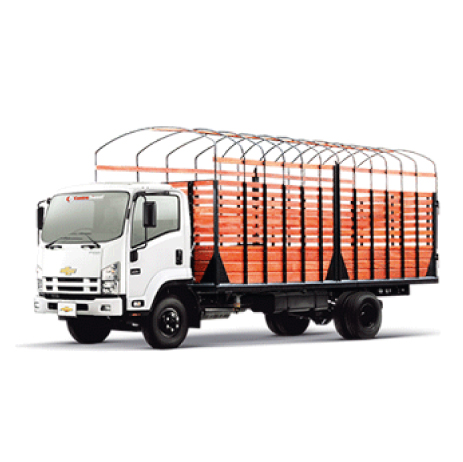
The Refrigerated truck It is used to transport perishable goods in a special container between +25 degrees to -250 degrees.
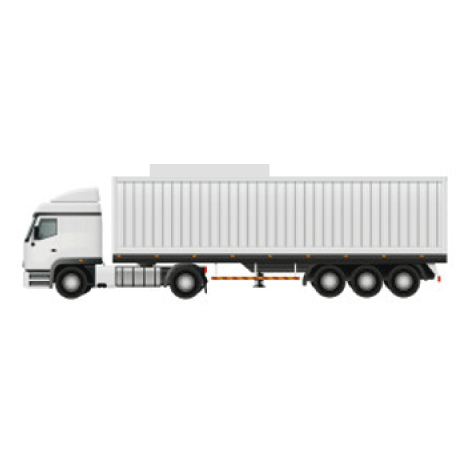
Hopper is a device similar to a large funnel intended for the deposit and channeling of granular or pulverized materials, among others. Sometimes it is mounted on a chassis that allows transport.

The low bed is ideal for the transport of different containers, heavy machinery and tools. ... The low bed or also called lowboy have different load capacities ranging from 10 to 2,000 tons, so they can transport heavy loads and oversized machinery.
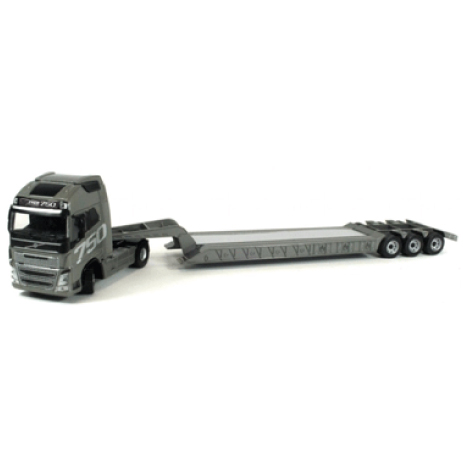
The Platform Truck (Gondola) is the large work equipment used to transport heavy machinery.
